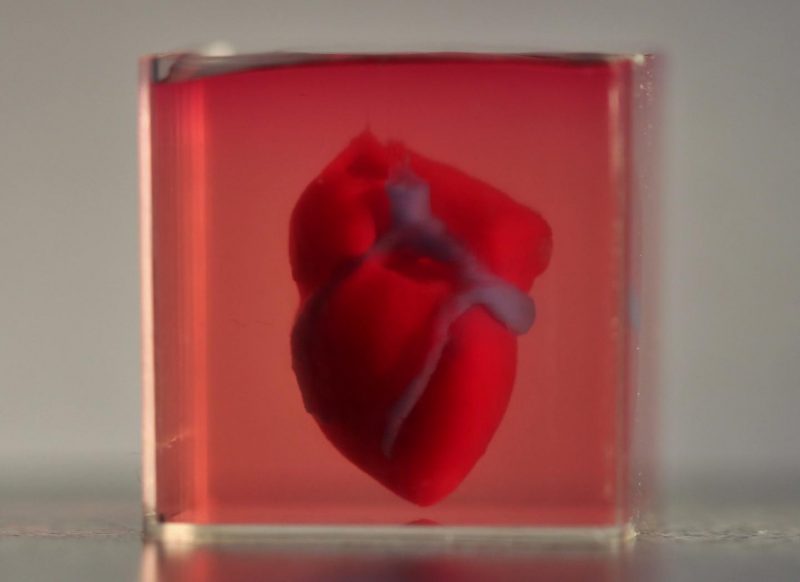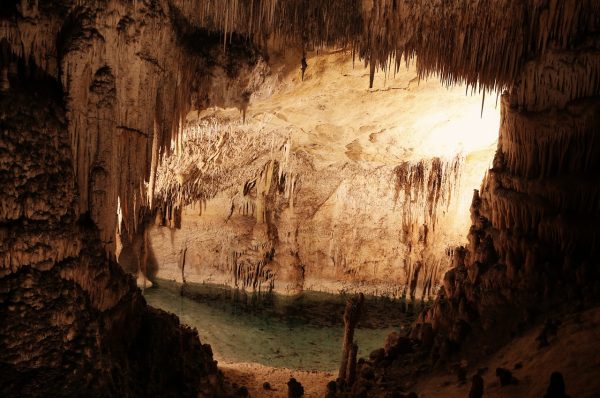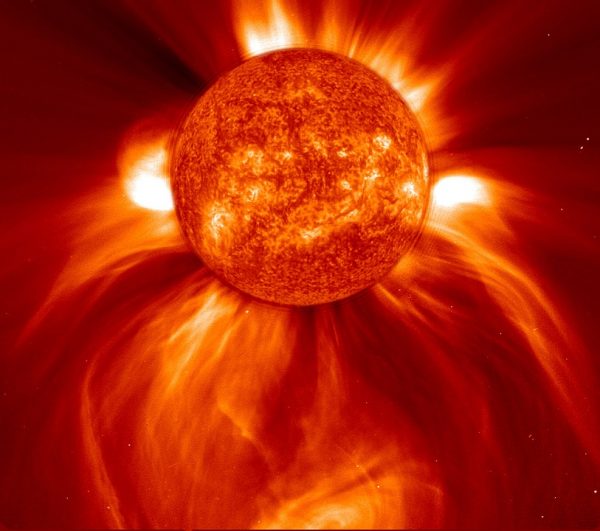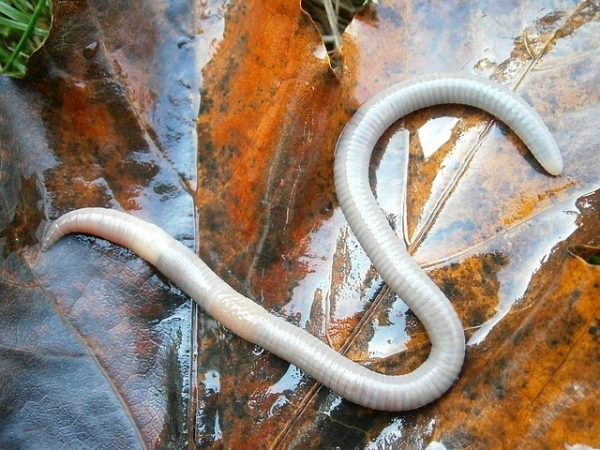Scientists 3-D Print a Tiny Heart From Human Cells
It has four chambers, blood vessels and it beats — sort of. In a first, scientists have 3D printed a heart using human tissue. Though the heart is much smaller than a human’s (it’s only the size of a rabbit’s), and there’s still a long way to go until it functions like a normal heart, the proof-of-concept experiment could eventually lead to personalized organs or tissues that could be used in the human body, according to a study published Monday (April 15) in the journal Advanced Science. To print the heart, researchers at Tel Aviv University in Israel began by taking … Read more












